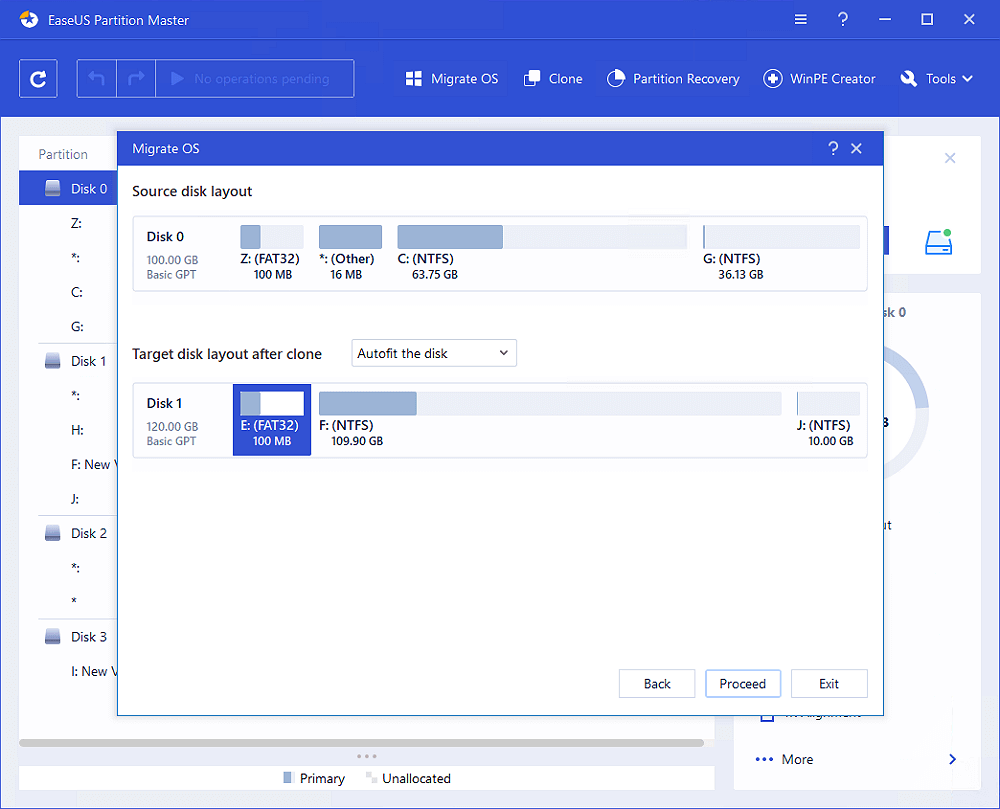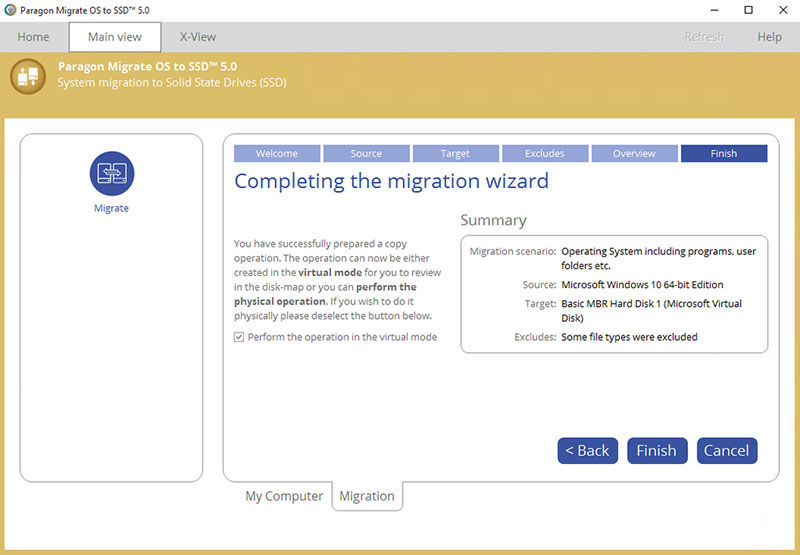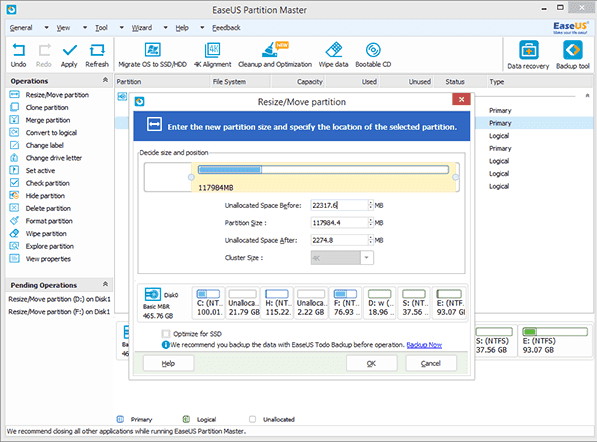

Ensures compatibility: This method is more likely to ensure that all your programs will work properly on your new SSD. Gives you a fresh start: A clean install will remove all the files and programs from your current hard drive, giving you a blank slate to work with. Cannot exclude programs and files in the system disk: When you clone a system drive (unless you do a clean before migration), you clone all contents along with the operating system to the destination drive. Requires a lot of free space: In order for this method to work, you'll need enough free space on your SSD for an exact copy of everything on your current hard drive. No need to reinstall Windows: You won't have to go through the trouble of a clean install and set up everything from scratch. Keeps everything intact: Your personal files, preferences, and programs will all be exactly the same as they were on your old hard drive. Saves time: All your programs and files will be copied over to the new drive automatically. To help you make a decision, here are the pros and cons of each method: 1. The upside is that everything will be nice and clean, with no junk files or unwanted programs cluttering up your system.

If you choose this route, you'll have to reinstall all your programs and copy over any personal data you want to keep. The second method: clean install Windows 10 from scratch, gives you a completely fresh start. This will create an exact replica of your current system on the new drive, including all your personal files and all currently installed programs. If you're looking for a hassle-free way to move your OS installation to an SSD, cloning is the way to go. Migrate OS or Clean Install: Which Suits You Better? Clean install from a Windows bootable media created by Microsoft Clone OS disk to SSD with third-party Windows OS migration software There are generally two ways to move and install OS to SSD: By doing so, you can improve your computer's performance by a large margin.

Therefore, it's a great idea to move Windows operating system to SSD. A solid-state drive performs the same basic function as a hard drive, but data is instead stored on interconnected NAND flash memory chips.Ĭompared with hard drives, SSDs have many advantages: Why? That's because traditional hard drives are essentially metal platters with magnetic coatings that store your data, with a read/write head on an arm that accesses the data while the platters are spinning. Your computer will boot much faster if you move Windows installation to the SSD, especially if you have an older and slower HDD. If you have bought a new solid-state drive (SSD), it's time for an upgrade. Introduction: Why Move Windows 11/10/8.1/7 OS to SSD


 0 kommentar(er)
0 kommentar(er)
